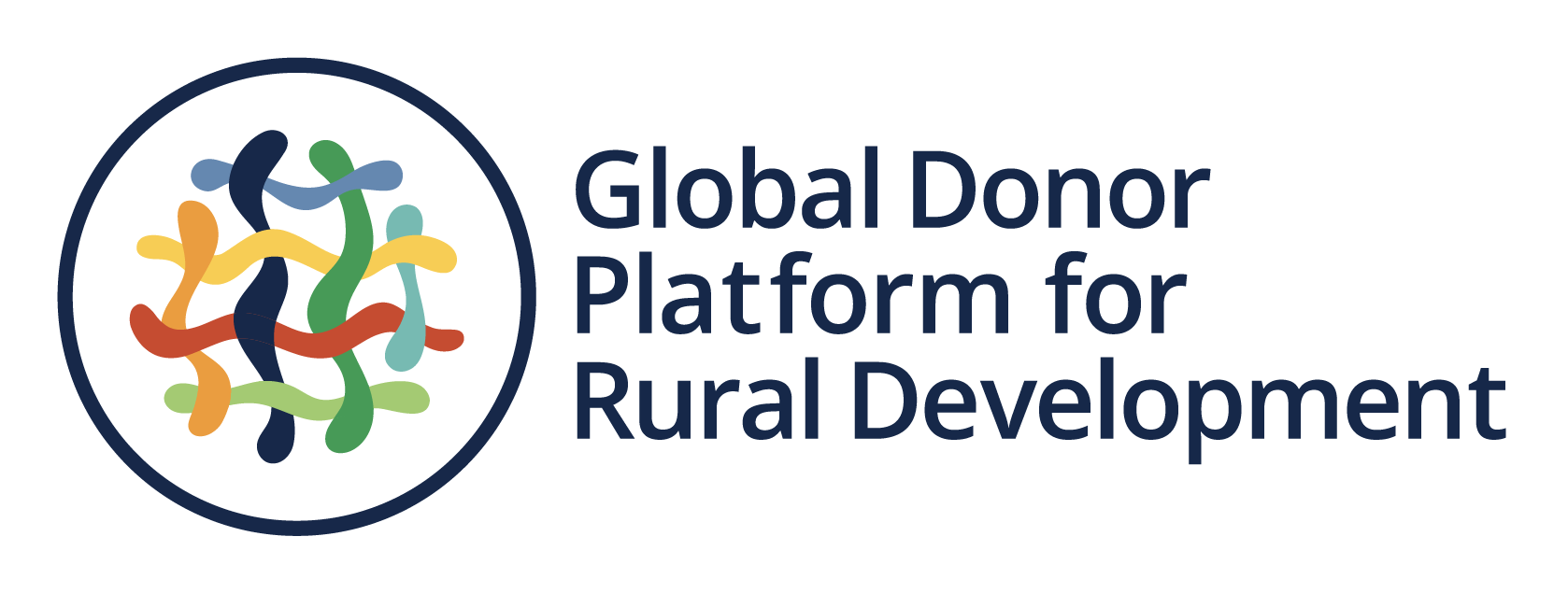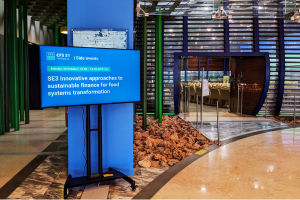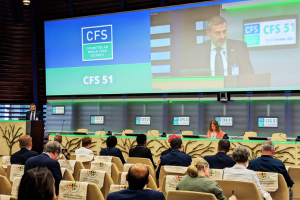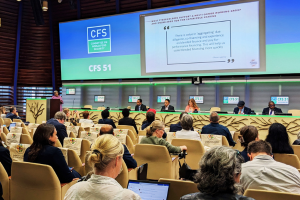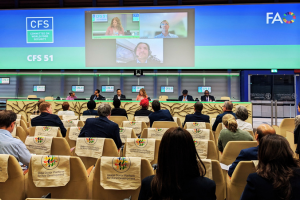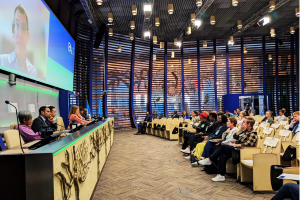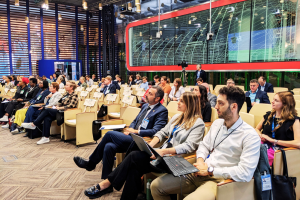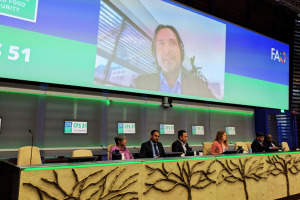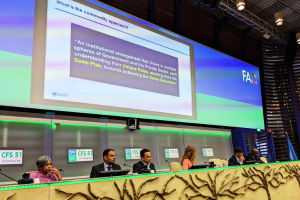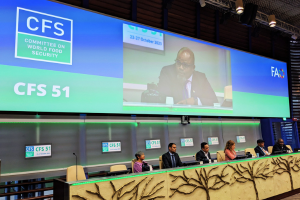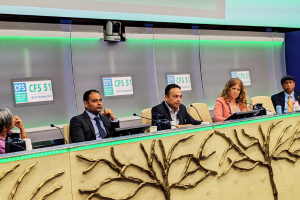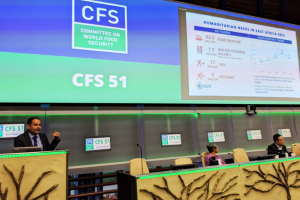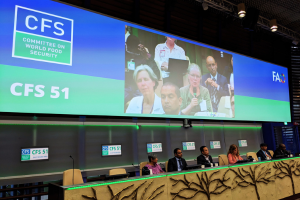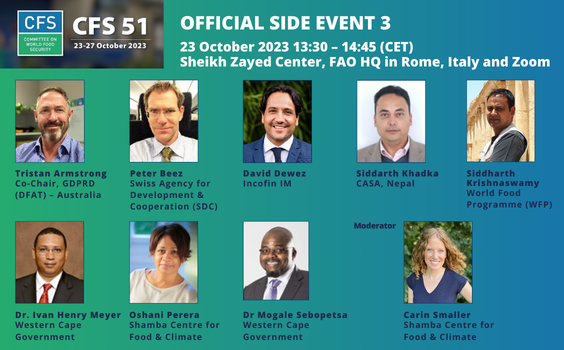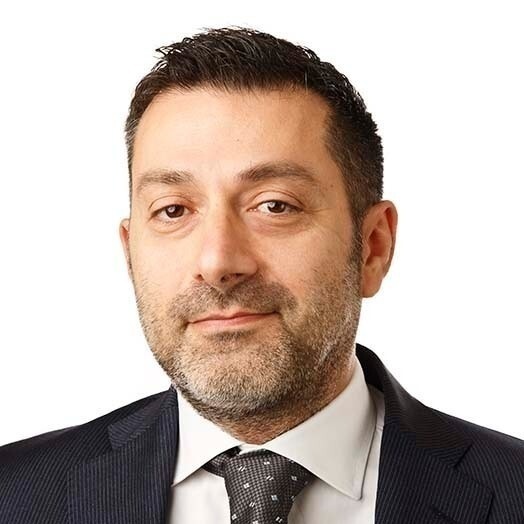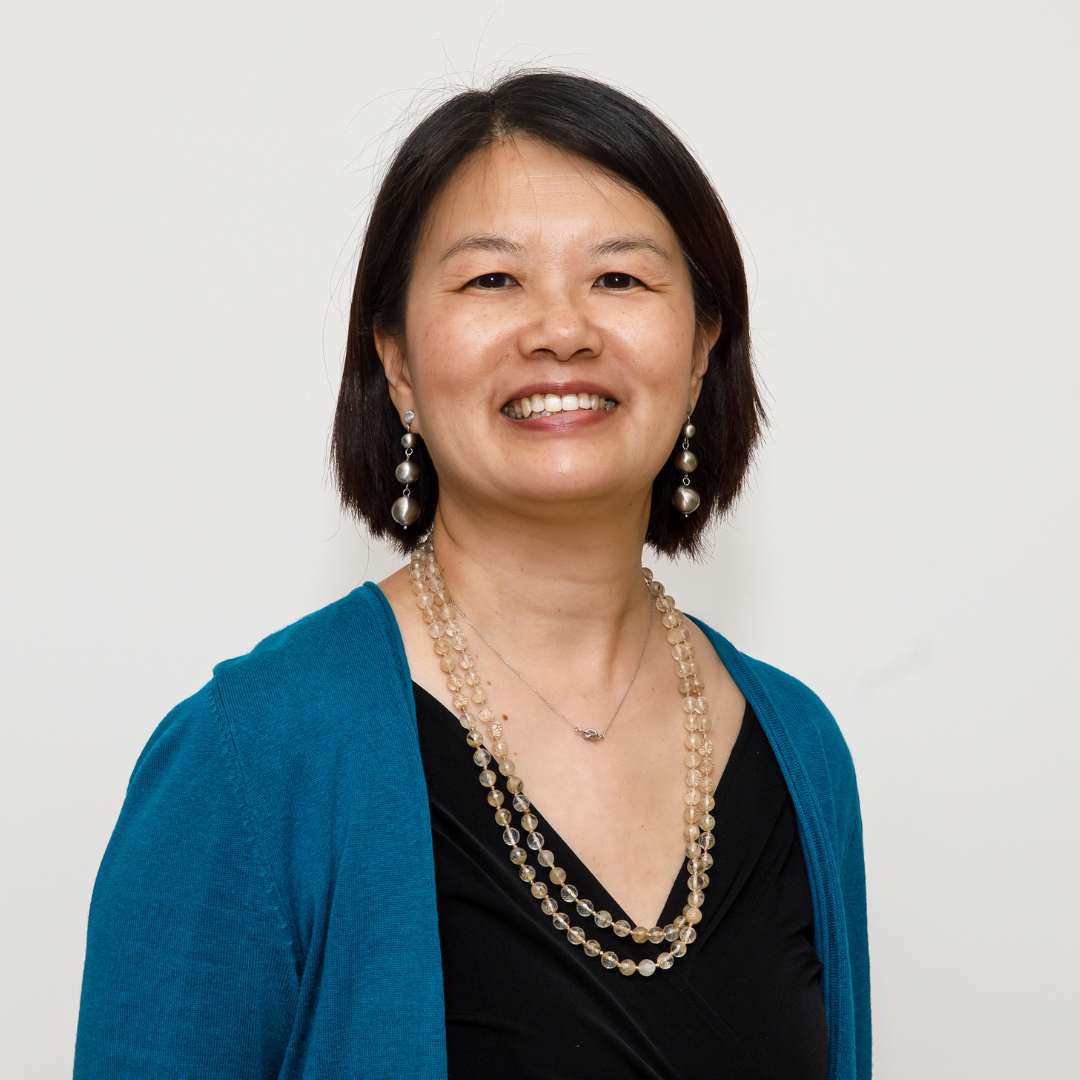
Reflections from the CFS 51 Side Event 03 on 23 October 2023 at FAO HQ in Rome, Italy and online.
The side event was co-organized by the Global Donor Platform for Rural Development (GDPRD), Shamba Centre for Food & Climate, UK Foreign, Commonwealth and Development Office, Western Cape Government Department of Agriculture in South Africa and the World Food Programme Regional Bureau in Nairobi.
Recording
Preliminary findings from an enquiry by the Shamba Centre conducted on behalf of Donor Platform members, identified a financing gap of US$33 to 50 billion a year for small and medium-sized agricultural businesses and suggested that innovative and blended financing could help bridge the gap, by leveraging donor funds to increase financial flows to the private sector.
Panellists looked at the need for innovative finance and discussed examples from around the world. It was quickly clear that the issues raise a compelling question for donors today: How do we increase financing to the food and agriculture sector? Is channelling funding to smallholder farmers and small- and medium-sized agri-businesses the most cost-effective way to speed rural development?
Links
Download speaker presentations
Feeding the world, hand to mouth
Introducing the event on behalf of GDPRD Chair Tristan Armstrong, whose flight was delayed, Platform Secretariat Coordinator Maurizio Navarra emphasized the importance of the question. “In East Africa,” he said, “45 per cent of the population is employed in agriculture, accounting for 25 per cent of GDP.” Yet the sector “receives only 5 per cent of commercial bank lending”.
The pattern holds across the region and beyond. “Small and medium agricultural enterprises (SMEs) account for millions of farmers across the globe and produce the majority of the world’s food. However, financial institutions often consider SMEs too risky and costly to serve,” he said.
A little funding goes a long way
Oshani Perera presented preliminary findings from the Shamba Centre enquiry on sustainable/innovative financing in agri-food systems, conducted on behalf of GDPRD members, which showcased how blended finance could contribute to funding the additional US$33 – 50 billion a year needed to achieve SDG2 by 2030. The enquiry found that every dollar of donor support can leverage up to four dollars of private funding. (Read report summary here).
To further highlight the scale of opportunity, Peter Beez, of the Swiss Agency for Development and Cooperation (SDC), described a programme launched by SDC that is achieving a one-to-nine ratio. In four, soon to be five, East African countries, SDC is providing local commercial lenders with an additional loan loss facility to underpin lending to agricultural SMEs. This is complemented by relatively modest origination incentives to cover the additional costs involved in lending to scattered rural firms and farms that may lack formal accounts or assets to provide collateral for their borrowing.
An additional impact payment can be made if the project funded by the loan will add to food security, the adoption of climate-smart agriculture, gender equality or other desirable objectives. With an investment of US$64 million, of which just US$10 million is from SDC, the project has triggered US$600-700 million of commercial lending.
How can we improve the funding flow?
But why are lenders wary of agriculture? David Dewez of Incofin, the Belgium-based impact investing company, said agri-SME businesses are sometimes too big for microfinance institutions, but too small, or too risky, for large commercial banks or impact funds. Moreover, lending products seldom fit their needs. Food production, after all, is often seasonal, making regular loan repayments tricky.
His answer: a call for “donors ready to contribute to first loss…to mitigate credit or foreign exchange risk…and donors ready to invest in the long-term.”
Dr Ivan Meyer, Minister of Agriculture of the Western Cape Government in South Africa, and his department chief, Dr Mogale Sebopetsa, explained the exchange rate issue, and the importance of collaboration between policymakers, lenders and donors to create an ecosystem conducive to the development of agriculture. Food and food product exporters can borrow in dollars because they have dollar revenues. But when producers are targeting domestic markets, foreign lenders incur an exchange rate risk, which can be a deterrent.
Western Cape Government has therefore underpinned land tenure reforms with support for producers targeting domestic markets, from soil testing to advice. It works with local partners in an effort to ensure local currency borrowing is available.
Taking a bottom-up approach
In Nepal, the UK Foreign, Commonwealth and Development Office (FCDO) has addressed the funding challenge by seeking to help firms become credit-worthy and find funding. Its Commercial Agriculture for Smallholders and Agribusinesses (CASA) programme focuses on “building a solid pipeline of investible businesses,” according to country manager Siddharth Khadka. He added: “We do a lot of investors scouting and matchmaking as well”.
CASA’s poster-child success is Paicho Pasal, a retailer and food processor which sells fresh vegetables, and pickles and preserves from its factories, in own-brand stores; wholesales to supermarkets; and exports.
Business development coaching – on aspects ranging from accounting through purchasing, production and marketing – helped it secure fresh funding of £300,000 (US$363,000) in commercial loans, plus £100,000 from shareholders. As sales and earnings surged 65 per cent, it added almost 10,000 new small-farm suppliers.
Clearly, what works best may depend upon the local context. Products, farming systems, markets, accounting and the availability of finance vary hugely around the world. But digital communications are transforming the reach of financial institutions and knowledge.
Acting early saves lives and money, but what’s the right balance between loans and programmes?
Today, aid effectiveness is high on the agenda. So Peter Beez asked: “What do we think is more effective? Expensive rural advisory services…subsidies to fertiliser…fuel subsidies…this kind of thing? Or is it perhaps better spent on a scheme…where with a few thousand dollars we can channel a loan to an SME that buys from hundreds of farmers and growers?”
There’s a lot riding on getting this right. Dr Meyer warned bluntly that “food insecurity is a risk for democracy and the political stability of nations.”
And there should be a real sense of urgency. Siddharth Krishnaswamy, head of research, analysis and monitoring of the World Food Programme in East Africa, explained that because of rising costs, the WFP can no longer afford to provide enough calories for all the hungry.
So, he made a heartfelt call for more action – upstream – to develop sustainable food systems in fragile regions. “It’s cheaper – forget about the morality – just in dollars and cents to act now than to provide food aid later,” he said.
That is surely true, but donor budgets are under pressure, now more than ever. Amid compelling evidence that more innovative strategies to boost lending are needed, donors are trying to push for more risky strategies by the public sector, such as blended finance, to encourage the private sector to join the endeavour. The enquiry by the Global Donor Platform and Shamba Centre sheds some light through key findings and recommendations, but when will there start to be a change?
What next?
The Shamba Centre report commissioned by the Global Donor Platform concluded that governments and donors need to make their aid more catalytic by:
- Channelling more capital into the missing middle
- Providing incentives to local banks to lend in their domestic markets
- Supporting Development Finance Institutions to take more risks
- Establishing a multi-donor working group and knowledge hub
Speakers:
Tristan Armstrong, Global Donor Platform for Rural Development Chair
Senior Sector Specialist, Agricultural Development and Food Security, Department of Foreign Affairs and Trade (DFAT) – Australia
Peter Beez, Programme Manager and Senior Policy Advisor, Swiss Agency for Development & Cooperation (SDC)
David Dewez, Managing Partner, Incofin IM
Siddarth Khadka, Country Manager, Commercial Agriculture for Smallholders and Agribusiness (CASA) Nepal
Siddharth Krishnaswamy, Head of Research, Analysis and Monitoring, East Africa Region, World Food Programme (WFP)
Dr. Ivan Henry Meyer, Minister of Agriculture and Leader of Government Business, Western Cape Department of Agriculture, Western Cape Government
Oshani Perera, Co-founder and Director of Programmes, Shamba Centre for Food & Climate
Dr Mogale Sebopetsa, Head of Department, Western Cape Department of Agriculture, Western Cape Government
Moderator: Carin Smaller, Co-Founder and Executive Director, Shamba Centre of Food & Climate.
